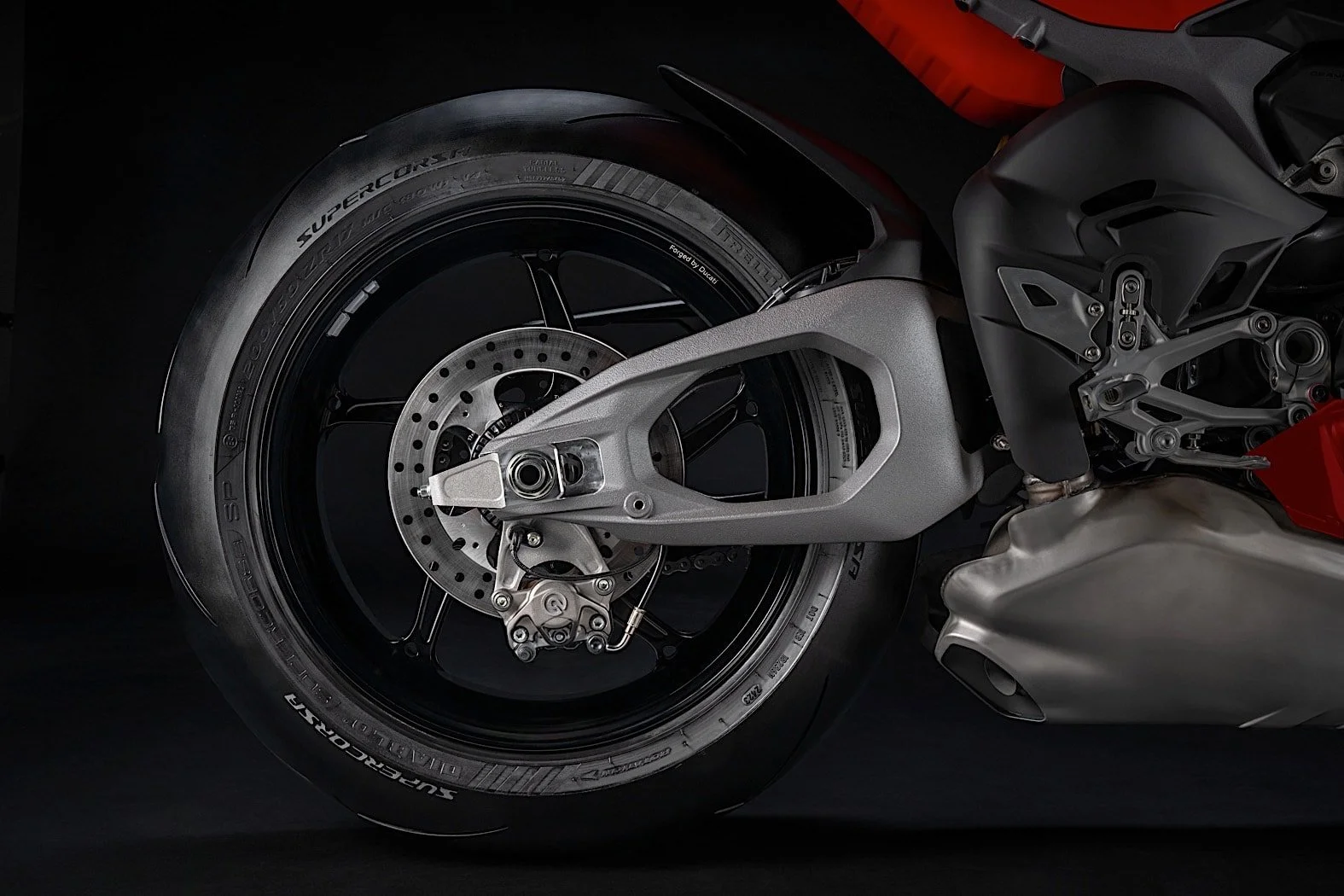NEED FOR SPEED : Fireside chat with CRO of Ducati Pierfrancesco Scalzo
“What makes Italy so special?” asks the museum director of the Ducati factory, rhetorically, before answering “imagination.” Compared to the American or German auto industries, the Italians do it better, with more style and color. As the largest auto-producing region of Italy, the Emilia-Romagna region is the cradle of the national automotive aesthetic. Citizens of Bologna are used to being woken up with the roar of a motor test.
Starting in 1926, Ducati manufactured radios and typewriters at first, but as factories were destroyed during the war, bosses shifted to production of autos. Compared to, for example, Yamaha, Ducati motorcycles annually produced very few vehicles, but in terms of performance, they were unparalleled- easily reaching speeds of 350, with hand-polished chrome. “Ducati isn't about fitting market trends, but to push forward a unique history, style, performance and technology, which in no way can be compared to other brands,” said Ducati's Chairman of the Board.
The Ducati factory is divided into shops, museums, and restaurants, as well as the assembly area, where engines and bodies are assembled. In the museum, the evolution of the brand from 1926 until present is on display, with technological innovation driving progressive changes.
Most Ducati employees have a motorcycle themselves; the brand also rents motorbikes. Every six months, employees are allowed to replace their leased vehicles. In 2012, when Audi acquired Ducati, Ducati hit the Chinese market, and China became the main battlefield of Ducati in the coming years.
1299 Panigale S
Ducati has always been known for powerful horsepower, that which captures the heart of sports fans. As Ducati has evolved as a brand, their vehicles have become increasingly lightweight. From the 996 model to the 998,, 999, 1098, and finally the 2011 launch of the 1199- at the time, thought unsurpassable, until the even more improved "1299 Panigale".
Diavel Titanium
2015's Diavel Titanium is one of the most anticipated motorcycle models of the year, with its titanium alloy, carbon fiber materials and high-tech applications- the exquisite craftsmanship makes the body lighter, with a better shape that offers a better riding experience. Ducati's "Devil plan" that led to this model was born with a blank canvas, on which designers were asked to write what their dream vehicle might be like.
Q:Why do clients choose DUCATI?
A: Previously, motorcycles in China were recognized as a means of daily transport, but now they have become a lifestyle symbol in many cities. Their function has far exceeded the role of transport: it carries the signal of passion and freedom and many other positive attitudes towards life. The typical Chinese customer is demanding and looks for the “best in class” in terms of product and service. That’s why we are so confident that Ducati will continue to play a main role in this market. China’s young generation loves fashionable and lifestyle brands. Premium passion and freedom in motorcycles connotes chic in many countries; this is true in China as well. For all of the Chinese customers who look for an innovative, cool and easy-to-ride premium motorcycle, Ducati really represents a dream come true.
Q:What's your market strategy in China ?
A:Since our official opening in China in 2009, Ducati has introduced its entire range to the Chinese market. Ducati’s mission is to bring the most exciting motorcycles available in the world to China. We’ll continue to import our full range working to achieve the best conditions for the customers. China is an emerging market and the current customer base is very different to that found in European markets. Riding skills vary considerably; Ducati was the first brand to start an official riding school in China back in 2013 with our Ducati Riding Experience courses. We will continue to develop this riding school at different locations in China. In 2014 it represented our 3rd biggest market in Asia in terms of sales, and we expect further significant growth for the next years.
Originally published in the June 2015 issue of Lifestyle magazine. Written by Angelina Saiyi Li.





